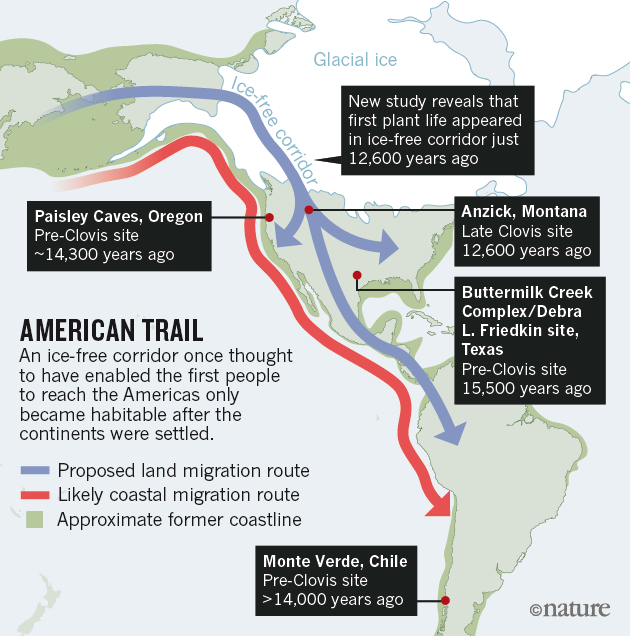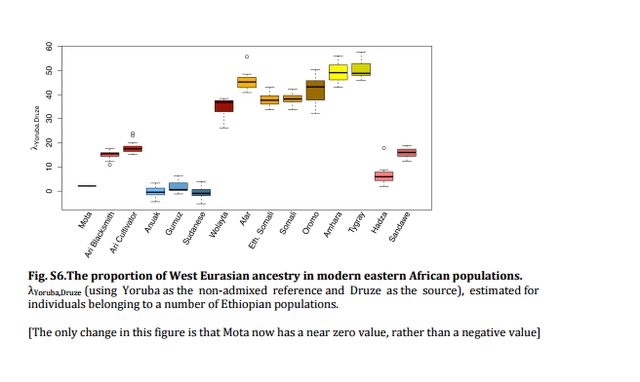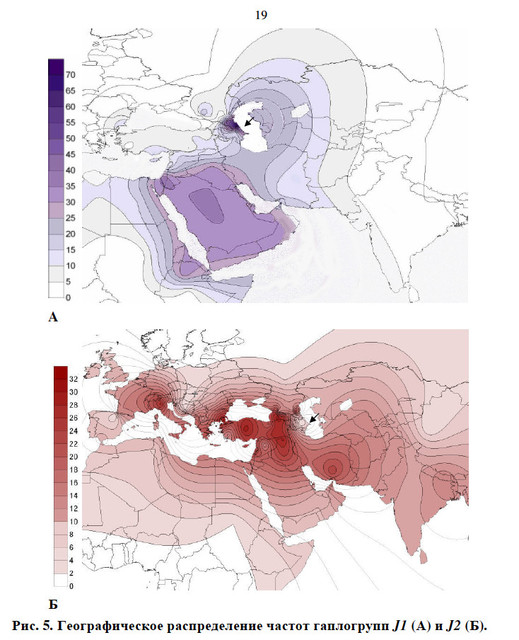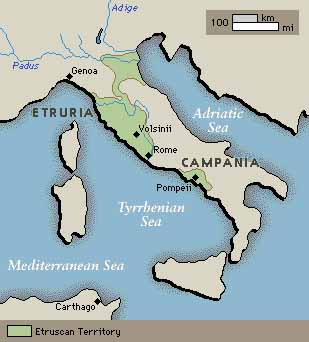
Previous studies have shown that African Americans in the US typically carry segments of DNA shaped by contributions from peoples of Europe, Africa, and the Americas, with variation in African and European admixture proportions across individuals and differences in groups across parts of the country.2, 3, 4 More recent studies that utilized high-density genotype data provide reliable individual ancestry estimates, illustrate the large variability in African and European ancestry proportions at an individual level, and are able to detect low proportions of Native American ancestry.3, 4, 5, 6, 7, 8, 9, 10, 11 Latinos across the Americas have differing proportions of Native American, African, and European genetic ancestry, shaped by local historical interactions with migrants brought by the slave trade, European settlement, and indigenous Native American populations.12, 13, 14, 15, 16, 17, 18 Individuals from countries across South America, the Caribbean, and Mexico have different profiles of genetic ancestry molded by each population’s unique history and interactions with local Native American populations.1, 19, 20, 21, 22, 23, 24, 25 European Americans are often used as proxies for Europeans in genetic studies.26 European Americans, however, have a history of admixture of many genetically distinct European populations.27, 28 Studies have shown that European Americans also have non-European ancestry, including African, Native American, and Asian, though it has been poorly quantified with some discordance among estimates even within studies.29, 30, 31, 32
That genetic ancestry of self-described groups varies across geographic locations in the US has been documented in anecdotal examples but has not previously been explored systematically. Most early studies of African Americans had limited resolution of ancestry because of small sample sizes and few genetic markers, and recent studies typically have limited geographic scope. Though much work has been done to characterize the genetic diversity among Latino populations from across the Americas, it is unclear the extent to which Latinos within the US share or mirror these patterns on a national or local scale. Most analyses have relied on mitochondrial DNA, Y chromosomes, or small sets of ancestry-informative markers, and few high-density genome-wide SNP studies have explored fine-scale patterns of African and Native American ancestry in individuals living across the US.

Figure 1
The Distribution of Ancestry of Self-Reported African Americans across the US
Patterns of Genetic Ancestry of Self-Reported African Americans
Genome-wide ancestry estimates of African Americans show average proportions of 73.2% African, 24.0% European, and 0.8% Native American ancestry (Table 1). We find systematic differences across states in the US in mean ancestry proportions of self-reported African Americans (Figure 1 and Table S2). On average, the highest levels of African ancestry are found in African Americans living in or born in the South, especially South Carolina and Georgia (Figure 1Aand Table S3). We find lower proportions of African ancestry in the Northeast, the Midwest, the Pacific Northwest, and California. The amount of Native American ancestry estimated for African Americans also varies across states in the US. More than 5% of African Americans are estimated to carry at least 2% Native American ancestry genome-wide (Figures S1 and 1D). African Americans in the West and Southwest on average carry higher levels of Native American ancestry, a trend that is largely driven by individuals with less than 2% Native American ancestry (Figure 1B). With a lower threshold of 1% Native American ancestry, we estimate that about 22% of African Americans carry some Native American ancestry (Figure S2).
We used the lengths of segments of European, African, and Native American ancestry to estimate a best-fit model of admixture history among these populations for African Americans (Figure S3). We estimate that initial admixture between Europeans and Native Americans occurred 12 generations ago, followed by subsequent African admixture 6 generations ago, consistent with other admixture inference methods dating African American admixture. A sex bias in African American ancestry, with greater male European and female African contributions, has been suggested through mtDNA, Y chromosome, and autosomal studies.6 On average, across African Americans, we estimate that the X chromosome has a 5% increase in African ancestry and 18% reduction in European ancestry relative to genome-wide estimates (see Table 1). Through comparison of estimates of X chromosome and genome-wide African and European ancestry proportions, we estimate that approximately 5% of ancestors of African Americans were European females and 19% were European males (Table S4).

Figure 2
The Distribution of Ancestry of Self-Reported Latinos across the US
Patterns of Genetic Ancestry of Self-Reported Latinos
Latinos encompass nearly all possible combinations of African, Native American, and European ancestries, with the exception of individuals who have a mix of African and Native American ancestry without European ancestry (see Figures S4A and S1). On average, we estimate that Latinos in the US carry 18.0% Native American ancestry, 65.1% European ancestry, and 6.2% African ancestry. We find the highest levels of estimated Native American ancestry in self-reported Latinos from states in the Southwest, especially those bordering Mexico (Figure 2C). We find the highest mean levels of African ancestry in Latinos living in or born in states in the South, especially Louisiana, the Midwest, and Atlantic (Figure 2A). Further stratification of individuals by their self-reported population affiliation (e.g., “Mexican,” “Puerto Rican,” or “Dominican”) reveals a diversity in genetic ancestry, consistent with previous work studying these populations (see Figure S5 and Table S5).10, 20, 24, 25, 68, 69 We find that Latinos who, besides reporting as “Hispanic,” also self-report as Mexican or Central American, carry more Native American ancestry than Latinos overall; those also who self-report as black, Puerto Rican, or Dominican have higher levels of African ancestry; and those who additionally self-report as white, Cuban, or South American have on average higher levels of European ancestry.
Admixture date estimates for Latino admixture suggest that Native American and European mixture occurred first, about 11 generations ago, followed by African admixture 7 generations ago. Consistent with previous studies that show a sex bias in admixture in Latino populations,12, 13, 14, 15, 16, 17, 18 we estimate 13% less European ancestry on the X chromosome than genome-wide (Table 1), showing proportionally greater European ancestry contributions from males. We inferred elevated African and Native American ancestry on the X chromosome, corresponding to higher female ancestry contributions from both Africans and Native Americans. Lastly, Latinos show higher proportions of inferred Iberian ancestry than both European Americans and African Americans (Figure S6).

Figure 3
Differences in African, Native American, and European Subpopulation Ancestry among Self-Reported European Americans from Different States
Patterns of Genetic Ancestry of Self-Reported European Americans
We find that many self-reported European Americans, predominantly those living west of the Mississippi River, carry Native American ancestry (Figure 3B). We estimate that European Americans who carry at least 2% Native American ancestry are found most frequently in Louisiana, North Dakota, and other states in the West. Using a less stringent threshold of 1%, our estimates suggest that as many as 8% of individuals from Louisiana and upward of 3% of individuals from some states in the West and Southwest carry Native American ancestry (Figure S7).
Consistent with previous anecdotal results,32 the frequency of European American individuals who carry African ancestry varies strongly by state and region of the US (Figure 3A). We estimate that a substantial fraction, at least 1.4%, of self-reported European Americans in the US carry at least 2% African ancestry. Using a less conservative threshold, approximately 3.5% of European Americans have 1% or more African ancestry (Figure S8). Individuals with African ancestry are found at much higher frequencies in states in the South than in other parts of the US: about 5% of self-reported European Americans living in South Carolina and Louisiana have at least 2% African ancestry. Lowering the threshold to at least 1% African ancestry (potentially arising from one African genealogical ancestor within the last 11 generations), European Americans with African ancestry comprise as much as 12% of European Americans from Louisiana and South Carolina and about 1 in 10 individuals in other parts of the South (Figure S8).

Figure 4
Distribution of African Ancestry in African Americans and European Americans
Most individuals who have less than 28% African ancestry identify as European American, rather than as African American (Figures 4 and 5A ). Logistic regression of self-identified European Americans and African Americans reveals that the proportion of African ancestry predicts self-reported ancestry significantly, with a coefficient of 20.1 (95% CI: 18.0–22.2) (Table S6 and Figure S9). For a full characterization of terms and logistic models, see Table S6 and Figure S9.
Fitting a model of European and Native American admixture followed later by African admixture, we find the best fit with initial Native American and European admixture about 12 generations ago and subsequent African gene flow about 4 generations ago.
Non-European ancestry in European Americans follows a sex bias in admixture contributions from males and females, as seen in African Americans and Latinos. The ratio between X chromosome and genome-wide Native American ancestry estimates in European Americans shows greater Native American female and higher European male ancestry contributions (Tables 1 and S4). Though we do not observe evidence of a sex bias in African ancestry contributions in European Americans overall, analysis of only those individuals with at least 1% African ancestry reveals 15% higher African ancestry on the X chromosome relative to genome-wide estimates (p value 0.013). This increase suggests female-African and male-European sex bias in European Americans that follows the same direction as in African Americans and Latinos, with greater male European and female African and Native American contributions.
AJHG Volume 96, Issue 1, p37–53, 8 January 2015





















